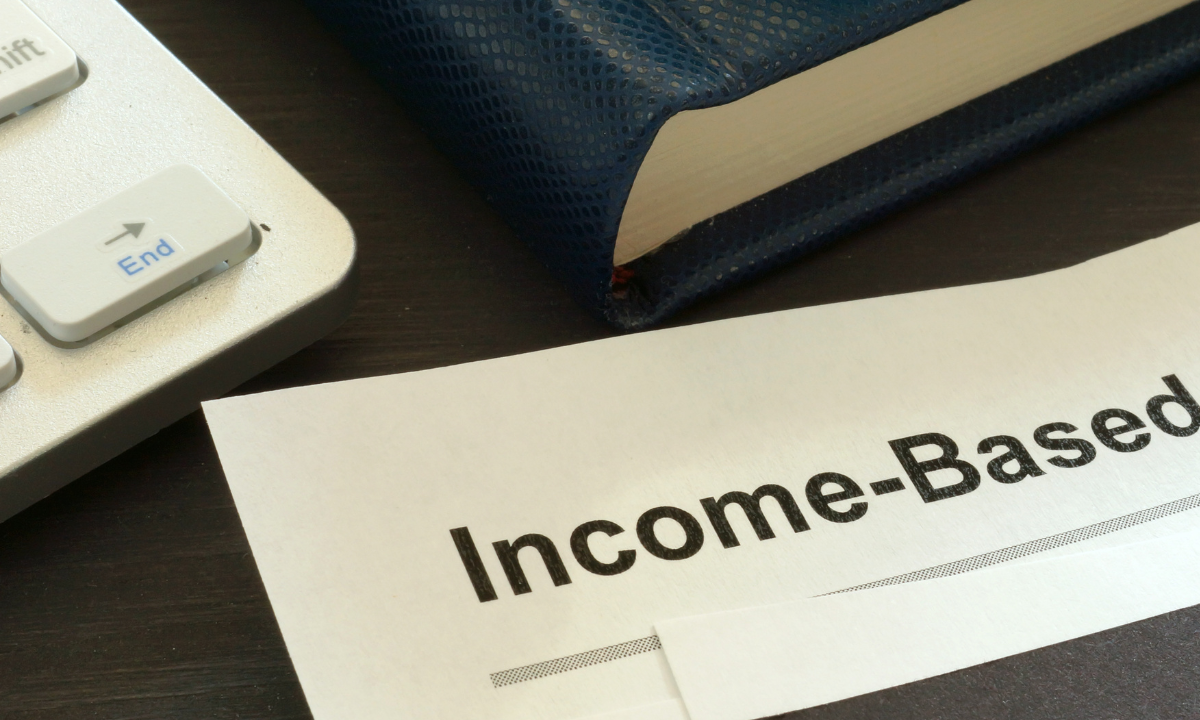The original article can be read here.
A single monopoly controls all electric and gas utility service in California — it’s called “state government”
Did you know a single monopoly controls all electric and gas utility service in California? That’s right — it’s called “state government.”
In the past twenty years California has imposed and now aggressively maintains such stringent regulations and mandates on electric and gas utilities that the state has, in essence, become a mega statewide utility that merely sub-contracts to vendors that it largely directs.
Let’s call it the California “stealth government utility monopoly.”
The takeover of private utilities by California state government has gone largely unnoticed — primarily because the state’s media outlets are either too liberal to sound the alarm or too lazy to figure it out.
The result of this stealth takeover is that California consumers have no real competition or choices and they are being forced to pay substantially higher rates for electricity and gas than residents in other states.
Politicians also enjoy one substantial benefit from this stealth takeover: whenever rates spike or the power goes out, they can shift the blame to the greed and ineptitude of “private utility companies” when, in fact, California’s laws and regulations are the true root causes.
It is beneficial to politicians to keep the mirage of “private utility companies” as whipping boys to make the politicians look like heroes.
How has California state government maintained its stealth monopoly over all utilities? Through a complex web of laws and regulations implemented by the California Public Utilities Commission (CPUC) and various other politician-appointed state agencies.
First, the state’s climate change laws and associated regulations imposed by the CPUC and other state agencies (e.g. California Air Resources Board and California Energy Commission) mandate what kinds of electricity the utilities are able to buy for their customers and what types of energy are prohibited. In fact, the state has dictated specific targets as part of the “California Renewable Portfolio Standard” mandate.
Second, it’s not just where utilities get their energy that is dictated by state government. The CPUC also directs and has to approve all capital investments, infrastructure projects, maintenance programs, customer service programs, and operating decisions and policies of each utility.
Third, as we detailed in our recent report on the real drivers of California electricity and gas rate spikes, the CPUC dictates what rates each utility can charge customers — including allowable operating costs and profits.
With all of these mandates and specifications imposed on utilities by the state, individual utility companies in California now act more like a traditional government contractor under what is known as a “cost-plus” reimbursable contract. Under these “cost-plus” contracts that are widely used in government procurement, the government agency stipulates to a contractor what is to be provided, how it is to be provided, and then reimburses the vendor for costs – plus an allowable profit margin.
California utilities are fine taking this subservient role to state government – in exchange for a continued steady stream of fixed profits. The only requirement is the utilities have to keep their mouths shut when the state politicians use them as whipping boys when state policies cause rates to spike or brownouts to happen.
There is nothing wrong with a traditional “regulated utility” rate model – which has been with us since the dawn of electric utilities around 1900. When properly structured, a “regulated utility” model can balance the public good of essential and cost-efficient service against the risks of capital-intensive system. California, however, has gone far beyond a “regulated utility” model to create a stealth monopoly.
Even worse, the historic aim of the “regulated utility” model — protecting the public against the big bad corporate utility — has been stood on its head. It’s the state overseers that have become the dangerous monopoly in California.
The deception of the “stealth monopoly” may soon be ending in California — but not for the reason you think.
Local governments are beginning to create their own government-run local electric utility bureaucracies. Dubbed “Consumer Choice Aggregation” entities, these government-run local utilities seek to finish the job of eliminating private utility companies.
You may wonder — why do I care as long as my lights turn on when I need them to?
Well, first, California’s dysfunctional “stealth government utility monopoly” has resulted in severe energy shortages in the state and has put the state’s entire electric grid on the brink of collapse. Brownouts and blackouts have occurred in recent years and will only get worse.
Second, Californians are being forced to pay 67% more for their electricity and 30% more for their gas than the national average. Californians are subject to over 50 regulatory policies affecting energy, and more than another 100 financial incentives such as energy and electric vehicle rebates; while some are imposed by cities and counties, as well as the state and Federal government, all are ultimately funded from the taxpayer’s pocket.
California’s “stealth government utility monopoly” results in no real competition or choice for consumers, and ever higher costs, as private and public utilities alike dance to the state’s Green New Deal tune.
The original article can be read here.
Image Credit: Canva




